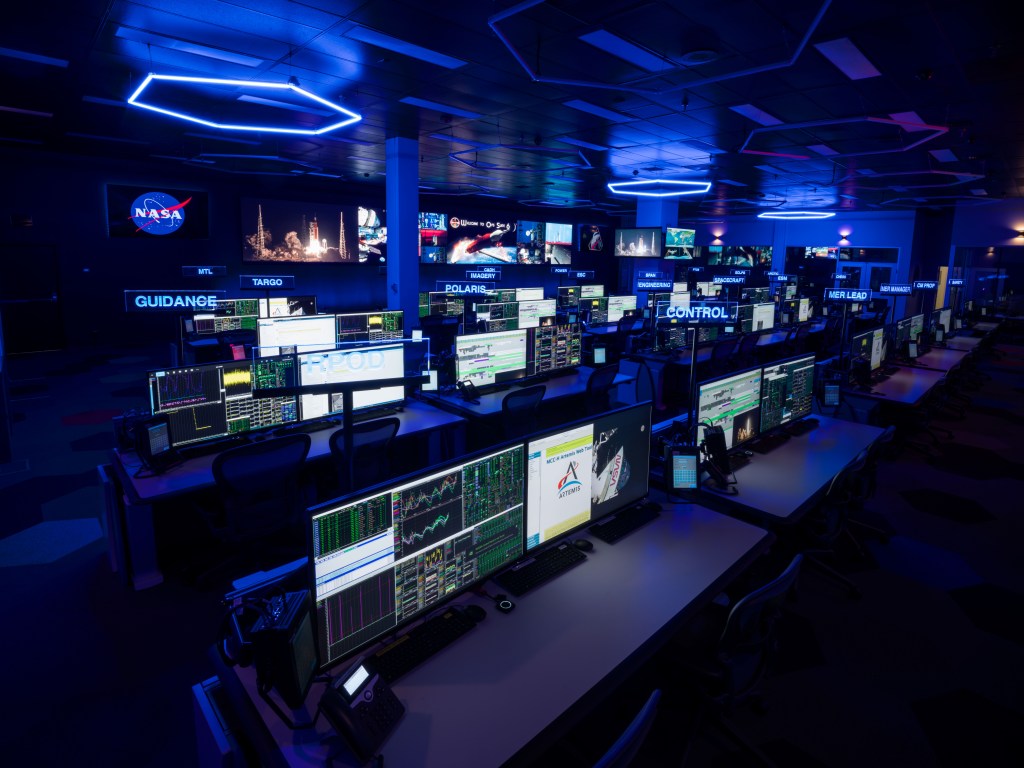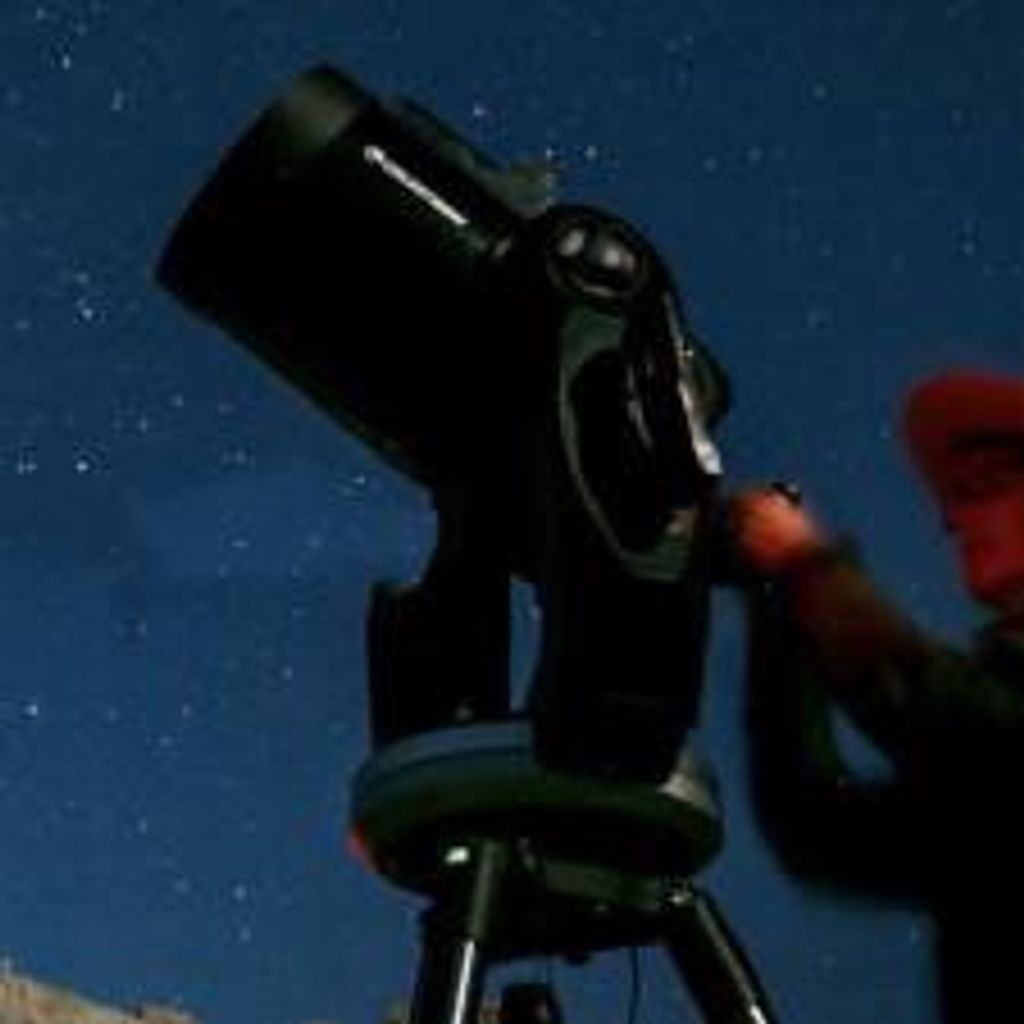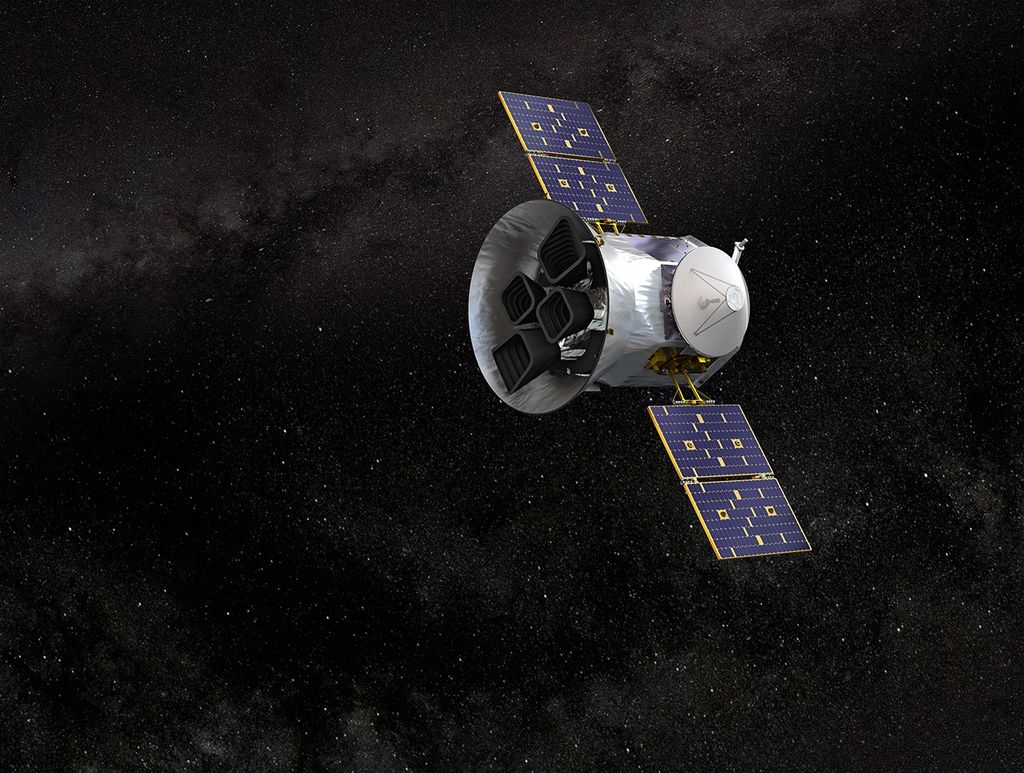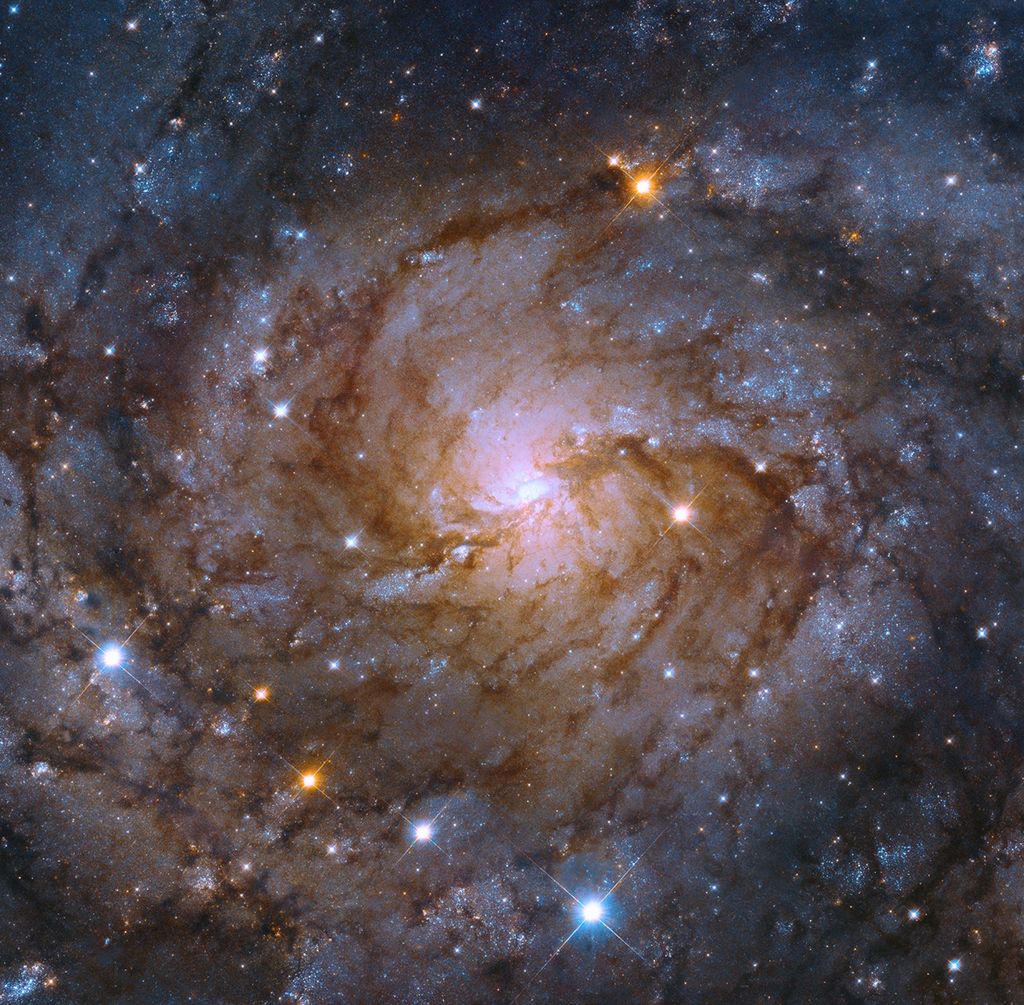
Three Steps to the Hubble Constant
This illustration shows the three basic steps astronomers use to calculate how fast the universe expands over time, a value called the Hubble constant. All the steps involve building a strong "cosmic distance ladder," by starting with measuring accurate distances to nearby galaxies and then moving to galaxies farther and farther away. This "ladder" is a series of measurements of different kinds of astronomical objects with an intrinsic brightness that researchers can use to calculate distances. Among the most reliable for shorter distances are Cepheid variables, stars that pulsate at predictable rates that indicate their intrinsic brightness. Astronomers recently used the Hubble Space Telescope to observe 70 Cepheid variables in the nearby Large Magellanic Cloud to make the most precise distance measurement to that galaxy. Astronomers compare the measurements of nearby Cepheids to those in galaxies farther away that also include another cosmic yardstick, exploding stars called Type Ia supernovas. These supernovas are much brighter than Cepheid variables. Astronomers use them as "milepost markers" to gauge the distance from Earth to far-flung galaxies. Each of these markers build upon the previous step in the "ladder." By extending the ladder using different kinds of reliable milepost markers, astronomers can reach very large distances in the universe. Astronomers compare these distance values to measurements of an entire galaxy's light, which increasingly reddens with distance, due to the uniform expansion of space. Astronomers can then calculate how fast the cosmos is expanding: the Hubble constant.
- X





























